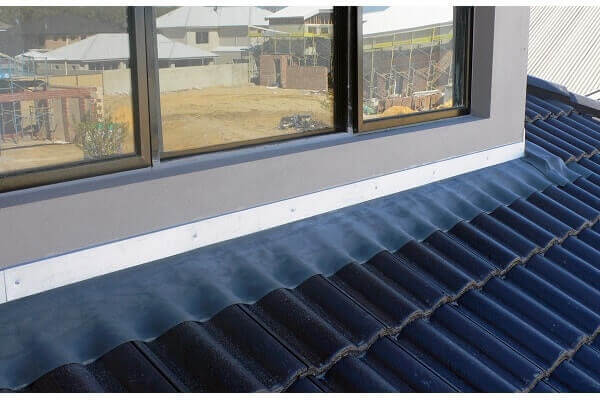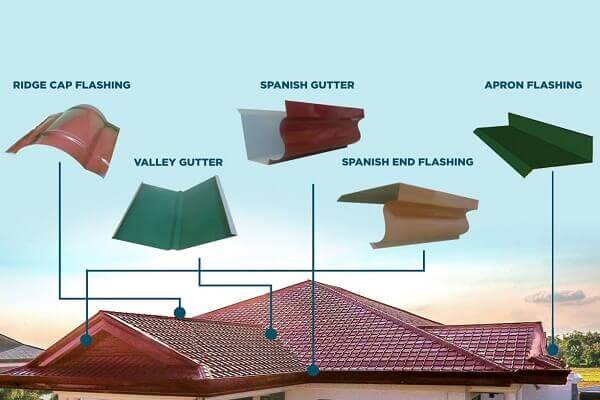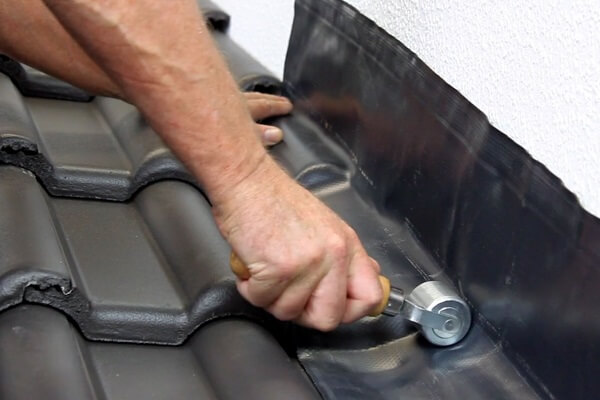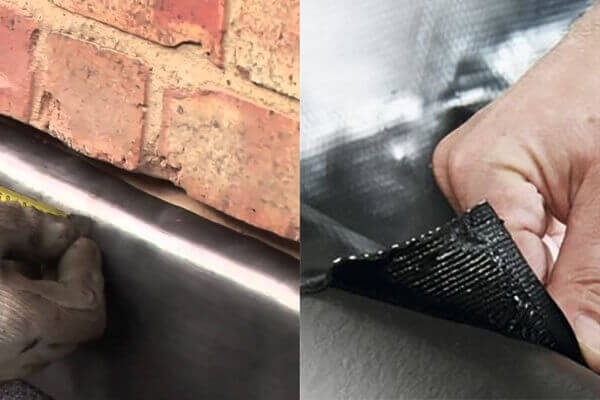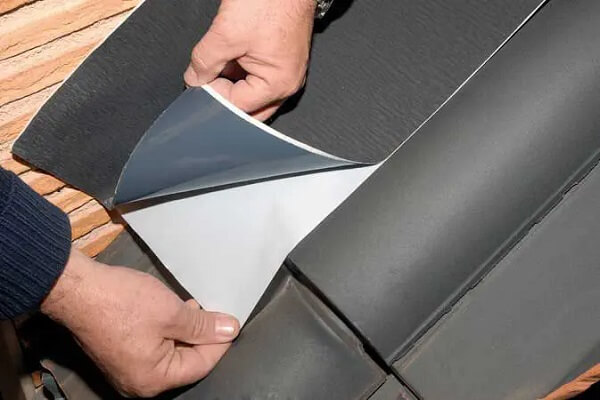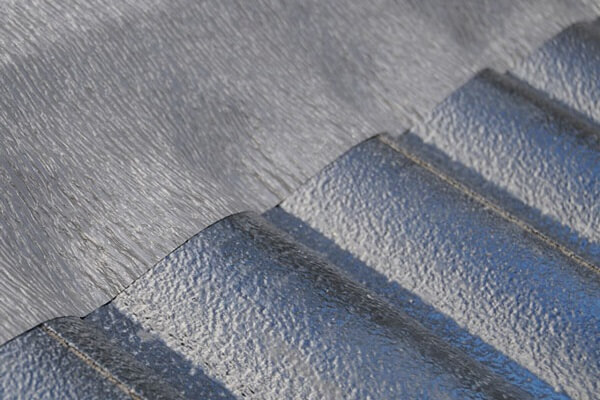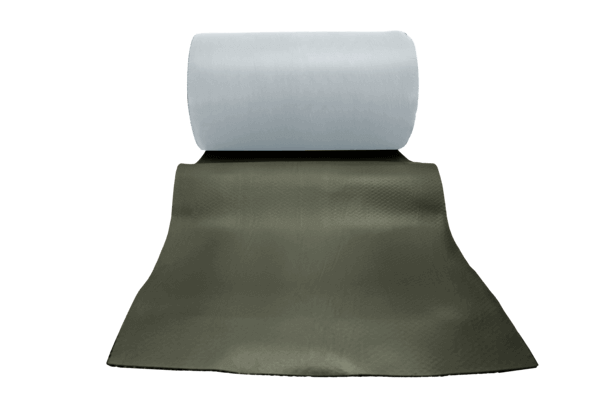
What Are The Different Types Of Roof Flashing?
1 February 2023
Roof flashing is an essential component in ensuring that a structure's roof is watertight. It is a thin piece of material that is used to protect the roof from water damage and other weather-related issues.
There are many different types of roof flashing, each designed to serve a specific purpose. In this article, we'll take a look at the most common types of roof flashing and what makes them unique.
Types Of Roof Flashing
Several types of roof flashing are designed to meet specific needs. After all, each roof feature needs protection. Some of the most common types of roof flashing include:
Continuous Flashing:
Continuous flashing protects the intersection between the roof and a horizontal surface, such as a deck or patio. This type of flashing is typically made of metal and is installed in a continuous strip around the perimeter of the horizontal surface. This helps to create a watertight seal and prevent water from seeping into the building.

Base Flashing:
Base flashing is a critical component of roof flashing that protects the bottom edge of a roof structure from water damage. It is installed at the base of the roof, where the roof and the walls meet. Base flashing helps to prevent water from seeping into the building structure and causing damage to the walls, ceilings, and other interior components.

Counter Flashing:
Counter flashing protects the inside of a roof penetration, such as a chimney or skylight. This type of flashing is installed on the inside of the roof penetration and is designed to cover the edges of the roof penetration and prevent water from seeping into the building.

Step Flashing:
Step flashing protects the intersection between the roof and a vertical surface, such as a chimney or wall. This type of flashing is typically made of metal and is bent into a step-like shape. The flashing is installed in a series of steps, with each step overlapping the previous one to create a watertight seal.

Drip Edge Flashing
Drip edge flashing is used to protect the perimeter of the roof. This type of flashing is typically made of metal and is installed along the eaves and rakes of the roof. The flashing helps to redirect water away from the roof and prevent water damage.

Kickout Flashing:
Roofing professionals need something to bridge the gap between where step flashing ends and the gutter begins. Kickout flashing is typically installed at the end of the roof and is used to direct water run-off away from the walls and foundations of the building.
Which Areas Of A Building Require Roof Flashing
Roof flashing diverts water away from joints or seams in areas of concentrated run-off on a building's roof. Some areas of a building's roof and exterior walls are particularly susceptible to leaks and water damage and therefore require the added protection provided by flashing. These areas include:
Wall Flashing:
Wall flashings are necessary at intersections, corners, openings, and wherever a roof meets a wall. Step and kick-out flashing is used in a roof-wall flashing system to prevent damage from moisture that has entered the wall by directing it outside. This method is widely regarded as the most effective in preventing leaks.

Chimney Flashing:
Chimney flashing is primarily made up of counter flashing. Without it, rainwater would quickly penetrate the house through the base of the chimney. Flashing is installed in several parts around the base of the chimney: continuous flashing along the bottom, step flashing up the sides, saddle flashing at the top, and cap flashing that laps over the top edges of the other flashings to prevent water from running behind them.

Skylight Flashing:
The flashing system surrounding a skylight is crucial to any skylight installation. It is used to ensure the skylight is waterproof. Most skylights come with their own flashing; if not, the roofing contractor will need to install them separately. The flashing for a skylight's curbs consists of continuous flashing along the base, step flashing up the sides, and saddle flashing across the top.

Valley Flashing:
Valley flashing is a critical component of a roof's flashing system, protecting the area where two slopes of the roof meet to form a valley. When properly installed, this W-shaped channel will direct water run-off down the roof and into the gutters, guarding open valleys from water damage.

Vent Pipe Flashing:
Vent pipe flashing fits over pipes and flues and is cone-shaped with a flange at the base that is incorporated into the shingles as the roofing is applied. Vent pipe flashing is necessary for waterproofing pipe penetrations in the roof. A leak in the roof can allow moisture to reach the vent pipe and into the home, potentially causing water damage to the kitchen and bathroom ceilings and walls.
The Importance Of Quality Roof Flashing For Protecting Your Home
In conclusion, roof flashing is a crucial aspect of roofing that protects buildings from water damage. The different types of roof flashing are each designed to serve a specific purpose. A high-quality roof flashing system will provide maximum protection and longevity to your roofing.
QACO-FLEX lead-free roof flashing is the best choice for roof flashing for all types of areas of the roof. With its advanced design and high-quality materials, this product offers superior protection against water damage and provides peace of mind to building owners.
Whether building a new home or upgrading your existing roof, QACO-FLEX lead-free roof flashing provides the quality, reliability, and peace of mind you need for a secure and safe roofing system.


Looking For The Best Valued Lead-Free Roof Flashing?



Testimonials
What Customers Love About QACO-FLEX
“I was looking for a lead-free roof flashing and I couldn't be happier with QACO-FLEX. It's not only a great product but is the best valued lead-free roof flashing on the market!”

Chris Mathers
Roofer“QACO-FLEX arrived in a very timely manner and is exactly how I visualised it to be and is very effective at replacing the older style lead flashing.”

Mark Florimo
Builder“QACO-FLEX is very easy to cut and easy to position. It also sticks into position extremely well and looks excellent. I highly recommend the QACO-FLEX!”


